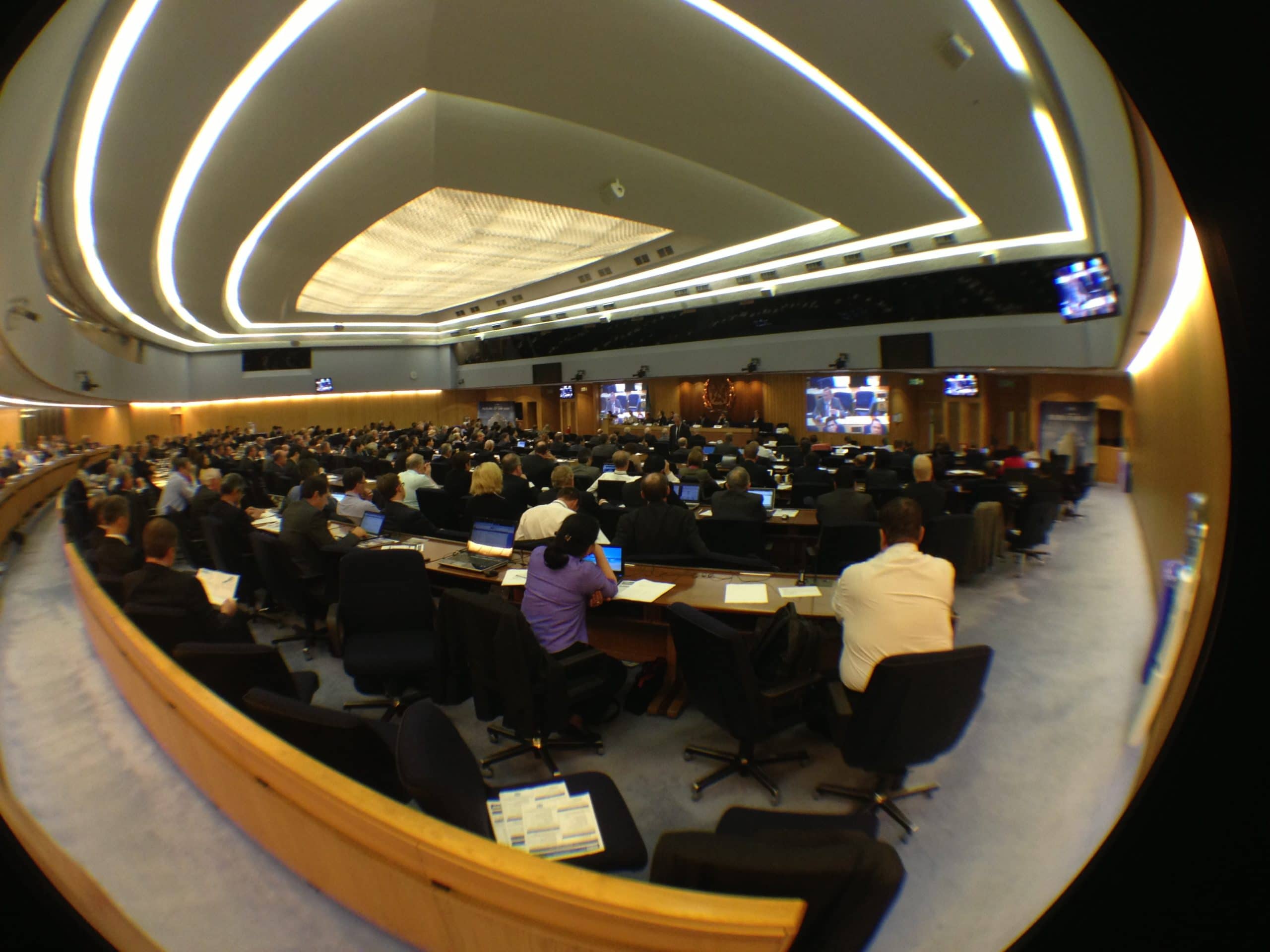
Don’t blame the messenger
To adapt an old joke, how many MEPC sessions does it take to change the shipping industry? Answer: how many have you got?
The IMO might not deserve all the criticism it has received for its failure to pick up the baton from COP26, but one thing is clear, for its part the organization believes it is doing a good job.
Its closing communique, which noted “the urgency for all sectors to accelerate their efforts to reduce GHG emissions as emphasized in the recent IPCC reports and the Glasgow Climate Pact,” resulted in the IMO agreeing to strengthen the ambition of the Initial IMO GHG Strategy during its revision process and to initiate the revision of its GHG strategy.
This might appear to be hubris or simply denial of reality, but looked at in context, the industry has every reason to be very concerned about what will happen in a little over 12 months’ time. The trouble is that the climate champions who bestride the industry dishing out opinion on what should be done are in some ways as out of touch as the countries that appear to block progress.
Failure to commit to a statement that it would aim at net-zero greenhouse gas emissions from shipping by 2050 was not just a realistic outcome but it could be argued, a desirable one. It might be possible to reduce the in-service and even well-to-wake emissions from shipping significantly by that point (though there are no guarantees) but shipping is not ‘zero emission’ unless something more fundamental changes.
Yes it was depressingly familiar that the same countries spoke out against the proposal, but the problem with bringing about permanently lower emissions is that making lofty commitments doesn’t make it happen.
By 2023 when the Carbon Intensity Indicator (CII) comes into force, there will be no ‘zero emission’ vessels, no renewable ammonia, very little green methanol, perhaps some syngas. From the point when IMO’s regulations start to bite, the industry’s efforts to lower emissions will be mostly about energy-saving.
An analysis conducted by ABS in mid-2021 suggests that the shipping industry has yet to grasp the implications of the CII, which will impact vessel operations. Because it assigns an energy efficiency rating to all ships on a downwards trajectory, the CII effectively creates a market mechanism which enables charterers, financiers and regulators to grade their suppliers’ performance.
Using 2019 EU-MRV data ABS predicts that to achieve the desired A, B or C energy efficiency categories by end of 2030, based on anticipated reduction factors, 92% of the current containership fleet will require some kind of operational change, with the figures for bulk carriers at 86%, tankers at 74%, gas carriers at 80% and LNG carriers 59%.
With availability of ship finance moving inexorably towards those companies working to market-based measures such as the Poseidon Principles, a vessel’s present and forecasted CII rating may in time come to be seen as an indicator of a vessel’s suitability for purchase or refinancing. Shippers too, will increasingly be subject to scrutiny and their ESG goals will be reflected in their supply chains, making them likely to prioritise the most efficient vessels.
The downside risk for owners is that vessels operating in the lowest CII categories or those that struggle to demonstrate improvement will potentially be subject to financial and chartering penalties, even if they are relatively young.
IMO watchers would have already known that while the CII (and EEXI) are due to enter into force from 1 January 2023, they would always be subject to a review and potential tightening. Looked at in this light, the IMO’s commitment to strengthen the ambition of its Initial GHG Strategy and to initiate a revision might conceivably mean much tougher energy efficiency requirements for owners.
The far bigger problem of course is that no-one – not even the IMO – has a clear idea how accurate the emissions data used in such calculations actually is.
Instead of making promises that play well but mean little, the industry might be better advised to double down on its current commitments and invest in solutions that can present an accurate picture of real vessel emissions.
The green hawks are right about one thing though; there are an infinite number of MEPCs, intersessional working and correspondence groups, but only one planet.



